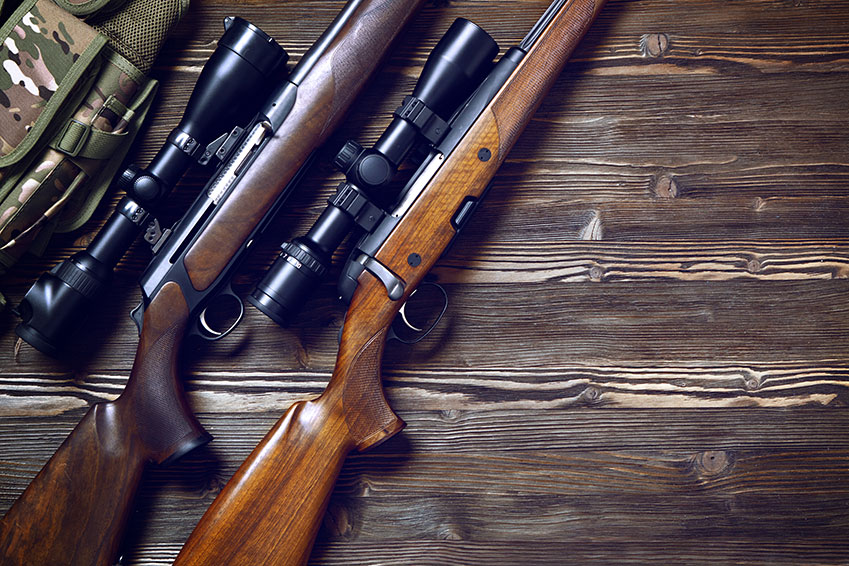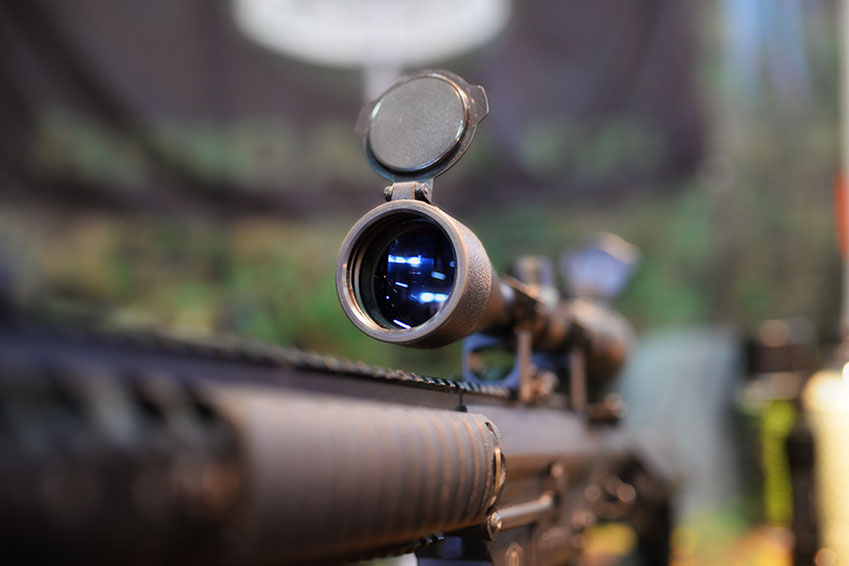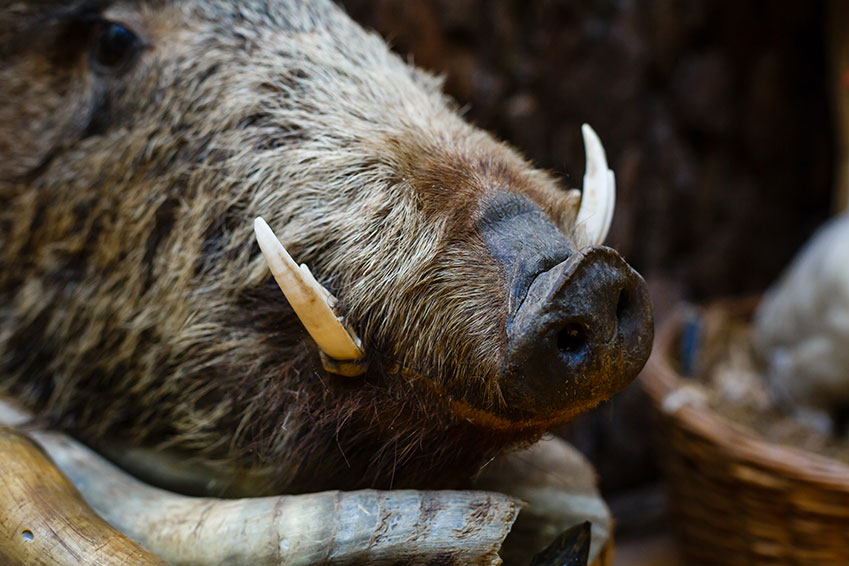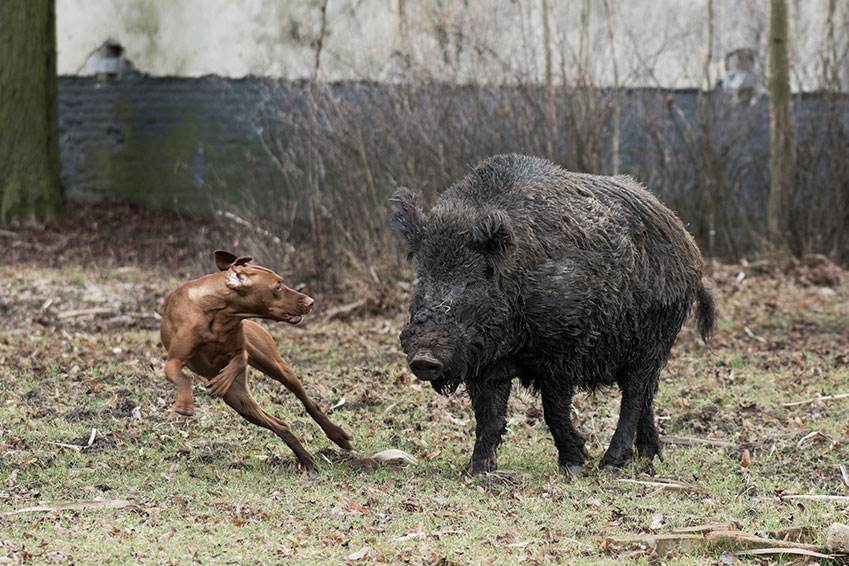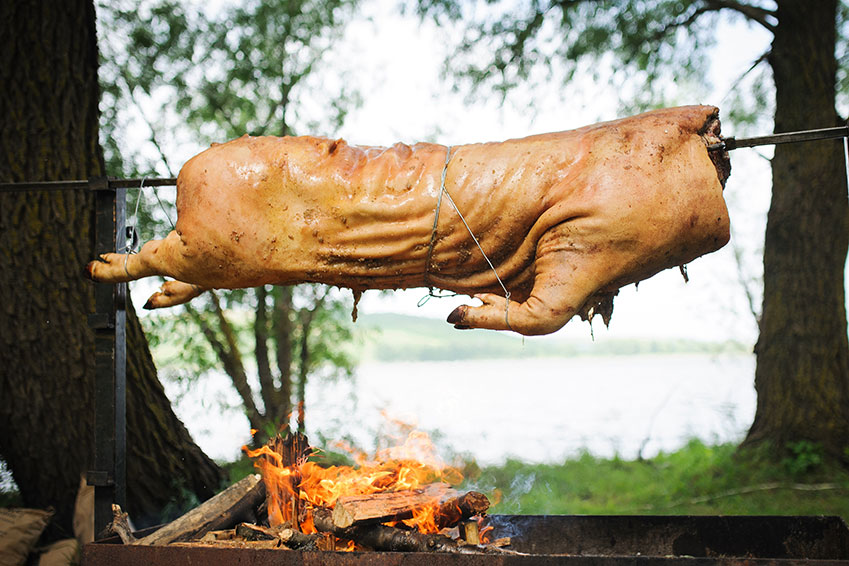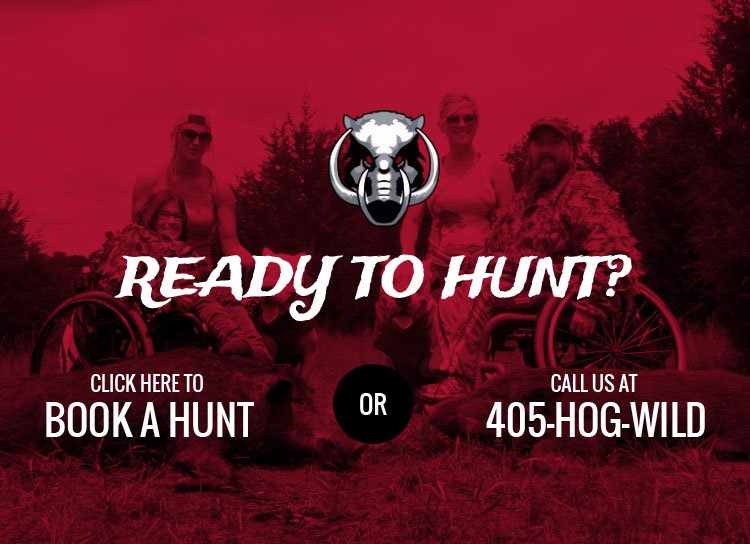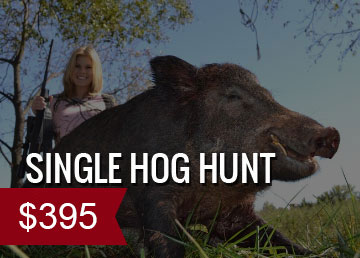Blog
We all know that hunting isn’t a fashion trend -- that is, most of us out there in the field all year ‘round aren’t exactly dressing up to dance. Maybe we have to qualify that a little… when you’re out doing a hunt of any kind, you are doing something of a dance with your primitive self. For most things, you have to look the part. Hunting really isn’t an exception to that -- and when you’re trying to lay low (while most importantly staying quiet), and lure a hog in, your fit should help you stay blended into your environment, but also help you stay radio silent.
If you’ve never been hog hunting before, good! We’re glad you’re here, and we’re glad you’re considering a hunt on our reserve! Many novice hunters have visited us for a hunt and sought our counsel on the best place to aim for the perfect drop of a hog. We thought we’d set some space aside on our blog to share some of the advice we regularly give to our visitors… read ahead, but don’t be afraid to talk with us if you have any doubts or questions when you arrive for your hunt!
If you make a regular habit of keeping up with this blog, you already know that there are an estimated 600,000 to 1.5 million wild hogs in the state of Oklahoma. You also know that there is no hog season and that they are huntable all year ‘round. What’s more, you know that what we do is facilitate fun and stellar hunting experiences for all types of folks at any age. But what is it that makes us special and worth trusting with your business, and moreover, with your hunt?
Here’s something you don’t hear about every day…. Hog Fever!
If you’re an avid hunter, or you belong to any avid hunting communities, you may have heard of its distant cousin, Buck Fever. It’s a gripping sensation that’s sweeping the hunting nation.
Oftentimes couples and families making a trip to Hog Wild for a hunt come with the full package -- a very eager hunter, and a spouse or loved one who is more eager to see a bit of what the surprisingly metropolitan Oklahoma City has to offer tourists or non-locals. In fact, many people from out of town are surprised to learn about how hip OKC actually is!
We often talk about how great hog hunting is, here. Of course we would! There are a lot of (we think) common sense reasons for this to be the case. Hunting is a marvelous and ancient sport that can put you in touch with something baser about yourself -- moreover, it’s a great builder of camaraderie between friends, family members and those in relationships.








